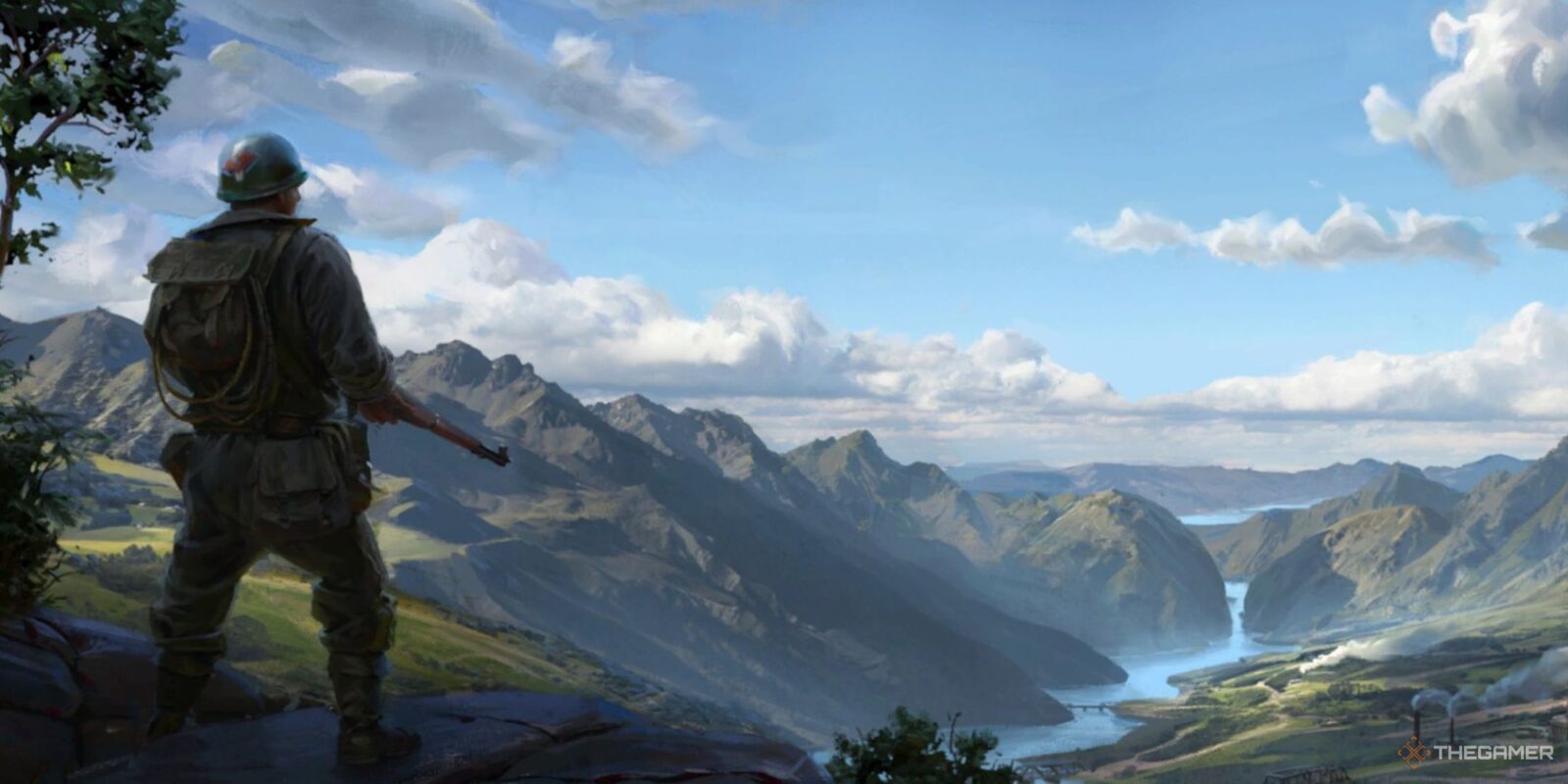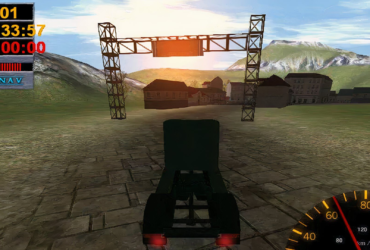Kaiserpunk has a lot going on at once, especially after the campaign really gets underway. That can make it a bit overwhelming for new players. If you’re just getting started in rebuilding the world in the wake of the Versailles Tragedy, managing your population, economy, and military all have their own pitfalls to be wary of.
Before you start building your city in earnest, give these tips a read. They’ll help you plan your game from the start, and give you important pointers that will help you at every step of the way.
7
Start In Europe
Your starting storyline, including initial penalties and the requirements for overcoming them, are determined by the region of the world that you choose at the start of the game. Each region also has different maps available, so there’s plenty of reason to try different continents with later campaigns.
For your first foray into the world of Kaiserpunk, though, it’s best to choose a location somewhere in Europe. While the starting penalties are somewhat harsh thanks to the devastation from the Great War, there’s an important strategic consideration to take into account; you’ll have a much easier time expanding without coming into conflict with a larger power.
Most of the starts in other regions have fewer land connections or larger regions overall, which makes it much easier for your nearest neighbor to box you in before you can expand. In Europe, at least, you have options for grabbing up land held by Minor Powers so that you aren’t waiting to unlock Landing Ships to bring your empire overseas.
6
Use Direct Links Whenever Possible
The most important part of Kaiserpunk’s production system is that any building that produces or consumes resources must be in range of at least one Depot. The Depot’s transport trucks carry the goods to their destination, but you can streamline the process via Direct Links.
If a building is within range of another that produces one of its input goods, the connection will be denoted by a gear symbol indicating a Direct Link. This means that trucks will bring the goods straight from the producer to the consumer, without stopping at the Depot first!
Both buildings still need to be in range of a Depot to be serviced by transport trucks; the Direct Link just cuts out the extra stop.
Depots Are Automatically Connected
If you can’t manage a Direct Link, it’s not the end of the world. Once a resource is dropped off at a Depot, it can be picked up from any other without needing to be transported between, even if the two Depots in question are on opposite sides of the map.
5
Fire Stations Are About Placement, Not Quantity
Fire Stations are available from the start of the game, and it’s a good idea to build at least one near your residential area as soon as your basic needs are seen to. Since most buildings have a chance of catching fire, though, you might be tempted to try ensuring that every single building in your city is withing the coverage range of at least one Fire Station.
Doing it that way turns out to be an unnecessary waste of workforce, money, and building materials. When a fire breaks out, a fire truck is deployed from the nearest Fire Station even if it isn’t within their coverage radius, so “close enough” is fine.
The most important thing when building Fire Stations is to ensure that your residential buildings are within the coverage zone, since that contributes to the inhabitants’ Morale, and having Fire Stations in far-flung outposts built around resource deposits, since fire trucks from the main city won’t reach them in time if and when a fire breaks out there.
4
Overproduce And Trade
The dream of a fully self-sufficient city is a distant and difficult one in Kaiserpunk. While it’s possible to produce everything you could possibly need, chances are that you’ll spread your economy so thin by doing so that you’ll just barely survive the entire time. It’s much better to focus on the products that you can produce in massive quantities and use them to trade for the rest.

Related
27 Best City Building Games Of All Time
From classics like SimCity to the latest and greatest city building games, these are the best of the best.
Each map has different resource availability, either from scarcity of deposits or difficulty in reaching them until you unlock tunnels.
Even a surplus of basic resources like Vegetables or Wood can be traded to other nations in large amounts for a decent return in rarer goods. This way, you can get luxuries without having to produce them yourself, all while building up goodwill with your allies.
3
Limit Resource Trade Deals To Just Five Days
When you’re trading resources, you have the option to set the duration of the contract. Keep this to the minimum of five days, as there’s no real benefit to extending it.
The resources arrive when the contract times out, so extending the deal just delays fulfillment. It does technically get you more opinion gain with your trade partner, but you can just initiate more five-day trades for the same effect.
Research exchanges are another matter; these affect your Development gain for the duration of the contract, so it can be worth signing longer-term deals. Military deals, meanwhile, have a set duration based on the distance between your capitals, so you don’t have any control over their time.
2
Use Quays to Make Coastal Buildings Fit
Quays, which are built from the same tab as roads, let you fill in water tiles from the coast, making it easier to build shore buildings like Fisheries and Naval Bases. If you’re planning to build along the coast, it’s often a good idea to smooth out a section first to prepare the build area.
Quays are essential on maps that have more water than land, since you’ll eventually run out of space and need to create more places in which to build. Be warned, though, that they cost $7/day per tile to upkeep, so if they form a major part of your strategy then you’ll need to set aside part of your budget to pay for them, as that will add up quickly.
1
Always Keep Expanding
Kaiserpunk is designed in such a way that you can never take a break to rest on your laurels. Your city should be constantly growing and expanding, whether it’s to bring in more people, start a new production chain, or enhance an existing one.
Each Development tier has exponentially higher requirements than the last, so the only way to stay on pace is to build more and more buildings from each category. Realistically, you’ll have to specialize your city, going all in on a handful of Development branches for the late game.
By the same token, your military needs to continually grow and diversify to stay competitive on the world stage. Improving your combat capabilities will require new technologies, as well as more and better armies, navies, and air forces. If you ever find yourself saying “that’s probably good enough” in this game, it’s time to re-assess the situation.



















Leave a Reply